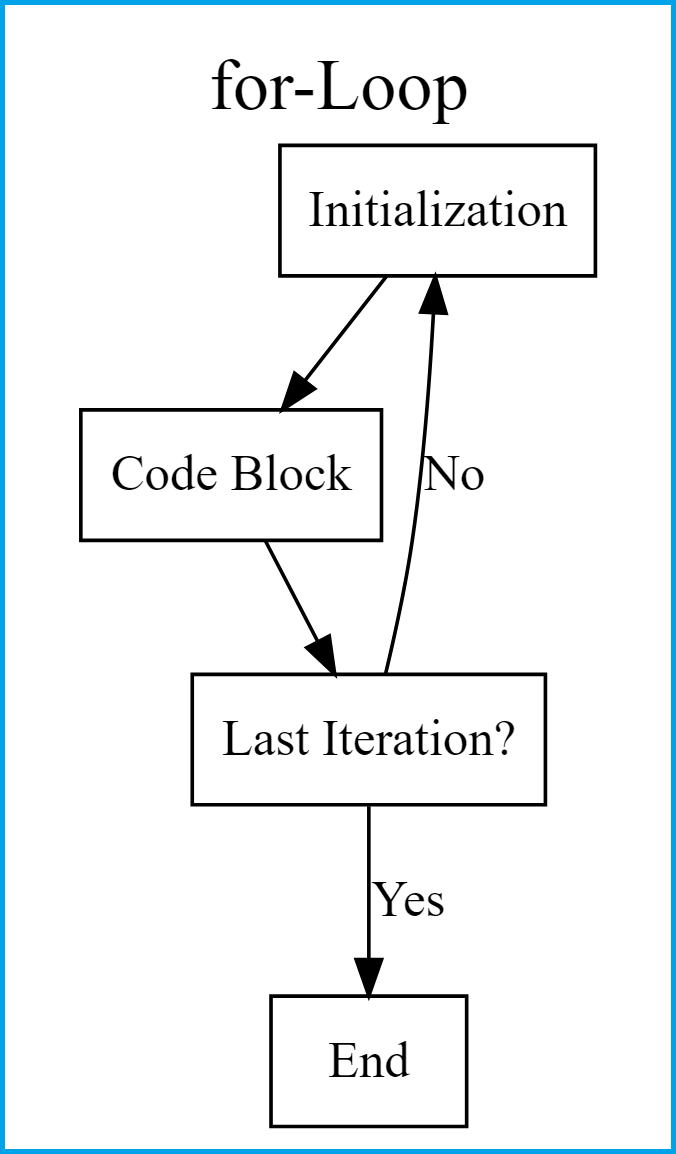


- How to ceate a loop in r install#
- How to ceate a loop in r software#
- How to ceate a loop in r code#
- How to ceate a loop in r series#
The video code above also sets the ratio between width and height at 16:9, consistent with YouTube format. To make a video, you need the code renderer = ffmpeg_renderer(), which requires FFmpeg to be installed on your system. You can use the options width and height to set the dimensions, in pixels, of the animation fps sets the frame rate, in frames per second, for a GIF. We can now save the animation as a GIF or video # save as a GIFĪnimate(nations_plot, fps = 10, width = 750, height = 450)Īnimate(nations_plot, renderer = ffmpeg_renderer(), width = 800, height = 450) You can also use enter_shrink and exit_shrink.
How to ceate a loop in r series#
Here is the code: # animate entire time series with gganimate Now we will use gganimate to generate an animation of the chart, from 1990 to 2016. Stat_smooth works like geom_smooth but allows you to use a formula to specify the type of curve to use for to trend line fitted to the data, here a logarithmic curve. Labels = dollar from scales formats the X axis labels as currency in dollars. Scale_size_area ensures that the size of the circles scales by their area according to the population data, up to the specified max_size guide = FALSE within the brackets of this function prevents a legend for size being drawn. Some reminders about what this code does: Scale_color_brewer(name = "", palette = "Set2") + Stat_smooth(formula = y ~ log10(x), se = FALSE, size = 0.5, color = "black", linetype= "dotted") + Scale_size_area(guide = FALSE, max_size = 15) + Geom_point(aes(size = population, color = region), alpha = 0.7) + Theme_minimal(base_size = 12, base_family = "Georgia") + Ggplot(nations2016, aes(x = gdp_percap, y = life_expect)) + This was the code to generate that chart: # load data In week 8, we made the following chart, showing GDP per capita, life expectancy at birth and population for the world’s nations in 2016: Make a Gapminder-style animated bubble chart Load the packages we will use today # load required packages library(readr)Īpart from gganimate, we have encountered all of these packages in previous weeks. # then gganimate (and transformr, a dependency that helps with smooth transitions for polygons and lines)ĭevtools::install_github( "thomasp85/gganimate")ĭevtools::install_github( "thomasp85/transformr")
How to ceate a loop in r install#
To install from there, you first need to install the devtools package. Gganimate is not in the main CRAN repository of R pacages, but is available on GitHub. Launch RStudio, create a new RScript, and set the working directory to the folder with your downloaded data by selecting Session>Set Working Directory>To Source File Location.

value Global average temperature from the simulation, relative to average simulated value from 1990-2000.Ĭharts Empty folder into which we will save individual frames from which to make an animation.Simulations.csv Data from NASA simulations of historical temperatures, estimating the effect of natural and human influences on climate, processed from the raw data used for this piece from Bloomberg News. value Average global temperature, compared to average from 1900-2000.warming.csv National Oceanic and Atmospheric Administration data on the annual average global temperature, from 1880 to 2017.nations.csv Data from the World Bank Indicators portal, as used in week 3 and subsequently.It contains the following folders and files: The data we will use todayĭownload the data for this session from here, unzip the folder and place it on your desktop.
How to ceate a loop in r software#
See the software page for installation instructions. We will also make and edit GIFs and videos using the software libraries ImageMagick and FFmpeg. In today’s class, we will make animated GIFs and videos from charts made in R with ggplot2, using the gganimate package. Iteration and animation: Loops, GIFs, and videos


 0 kommentar(er)
0 kommentar(er)
